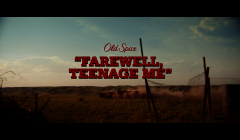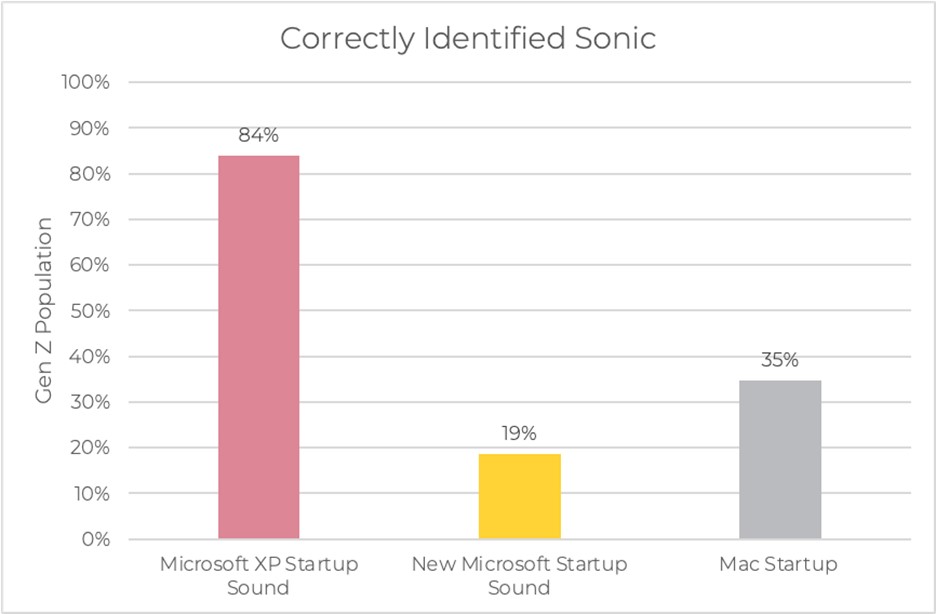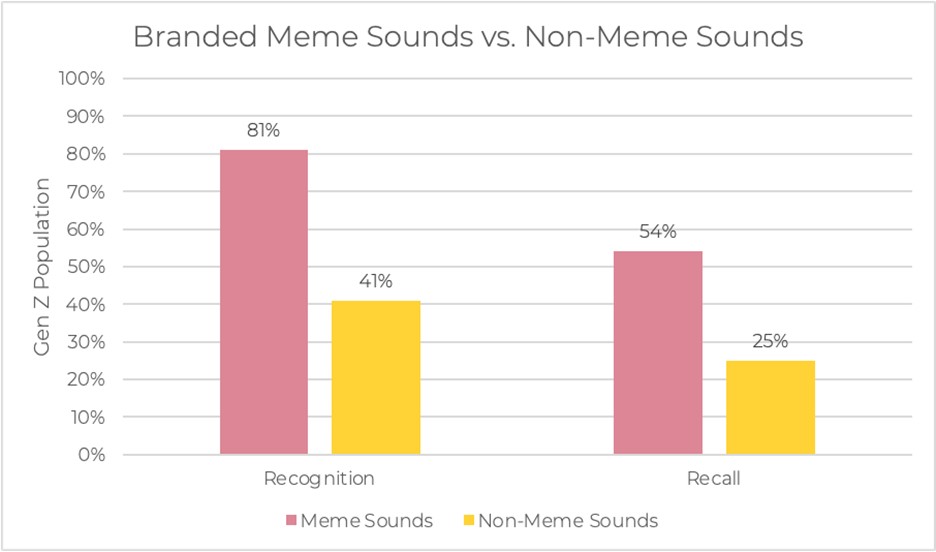
Old Spice waves farewell to boyhood in coming-of-age parody
The comedic campaign from Wieden + Kennedy positions Old Spice as a milestone marker of growing up

Why brands can let Gen Z take the sonic reins

The value of a brand ambassador lies in the social and cultural capital held by the person or group representing the brand. Celebrities proclaiming their “genuine” love for a product or service are often pictured when conjuring up this brand spokesperson image. While this celebrity’s cultural significance is momentarily transferred to the brand, this tactic has lost value in recent years, especially in the eyes of Gen Z. Authenticity is paramount to the younger generation, and finding new ways to facilitate connection has been difficult for brands.
Two main challenges exist; first, one in three Gen Z individuals blocks a brand on social media on a weekly basis. This means that branding must be thought-out and authentic, or Gen Z will say goodbye without batting an eye. The second challenge facing brands involves the difficult task of securing Gen Z’s social interaction. 72% of Gen Z has purchased via TikTok, and this number will only continue to grow given the recent opening of TikTok’s shop. Gen Z’s digital attention is vital for brands in their journey to securing new customers.
So, how can brands avoid the crushing blow of a block while continuing to sell to consumers on short-form video platforms? One answer is branded sonic. Investing in popular music as a form of brand promotion or representation is not provoking the action of Gen Z. The younger demographic knows that Jay-Z and the Rolling Stones aren’t speaking directly to them when pushing a new product. This generation is aware that brands use celebrities and artists to garner attention through popularity. This lack of authenticity tends to fall flat with Gen Z.
This can be seen in a recent study run by the team here at amp. We found that the Gen Z population was more likely to interact with original music than popular music and was most likely to interact with viral sounds in ads (see Fig. 1). These viral sounds are viral due to their popularity among this young adult generation and can be traced back to peer-driven usage.

Figure 1.
This brings us to another marketing quandary; how can viral sounds be connected with brands? This is where the approach must deviate from prior generations. Generic viral sounds will not provide value for brands as they are inherently common and non-brand specific. Popular music is the least effective audio asset in captivating Gen Z's attention. In part, this is due to the fact that popular music lives within a musical and cultural sphere outside of distinct brands. Therefore, the best way for brands to start their viral sonic journey is to create and invest in owned branded music. This music is designed to specifically connect to a brand and is more effective than popular music in eliciting Gen Z interactions.
After creating and implementing this owned brand music, its virility is up to Gen Z. The younger generation greatly values the opinions of others within their demographic. 82% of Gen Z feel that peer reviews of products are critical to their purchases. Gen Z prefers to hear from their peers rather than brands. This means that brands should hand over the reins and let Gen Z act as brand ambassadors to amplify their impact.
Sonic memes and viral trends originating from brand sounds have become incredible tools for successful brands. We have seen the positive impact of this approach by countless brands who created audio assets and gave them to Gen Z to meme, alter, remix, and generally make their own. Branded audio is very capable of virility with creative implementation. For example, the UX/UI Microsoft XP start-up sound from 2001 became a viral sensation in the first year or two of TikTok’s popularity. Interestingly, this sound was reintroduced to popular culture by a generation that did not likely experience the product or sound in their childhood. Not only did Gen Z re-popularize this sound through sonic memes, but they also connected it back to the brand of origin. amp’s research found that drastically more people could connect the start-up sound to Microsoft than MacIntosh’s start-up sound or even Microsoft’s new startup sound to their respective brands (see Fig. 2).

Figure 2.
This is not a singular occurrence either. amp tested a handful of viral sonic meme brands against popular sonic assets that have not gone viral and found that recognition and recall for the sonic meme brands was through the roof in comparison to brand-owned non-viral sonic assets (Fig 3).

Figure 3.
While Gen Z’s favorite brands, analyzed in amp’s recent amplify magazine, do not all utilize sonic assets in this manner, all brands that follow this approach see this type of heightened recognition. Sonic assets are currently lacking among Gen Z’s favorite brands. Only 14 of the 72 brands analyzed by amp laid claim to a sonic logo, and these 14 brands used their assets in only 8% of their content.
Gen Z is very capable in the content creation aspect of brand marketing and can be an incredible asset in securing the minds of young adults for years to come. To reap the benefits of these creative minds, brands must give Gen Z compelling owned sonic assets to work with. If our amp data shows us one thing, it is that brands should not underestimate the power of a branded sonic asset, especially in the hands of eagerly creative young adults.
With a background in psychology and music as well as a master’s degree in music theory, Rex has focused his considerable experience on the branding sector. Combining his love for analytical thinking and data with a nascent penchant for sonic strategy, Rex thrives at the intersection of knowledge and creativity in his Research Consultant role at amp as a part of the Research & Insights team.
Looks like you need to create a Creativebrief account to perform this action.
Create account Sign inLooks like you need to create a Creativebrief account to perform this action.
Create account Sign in